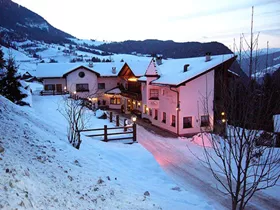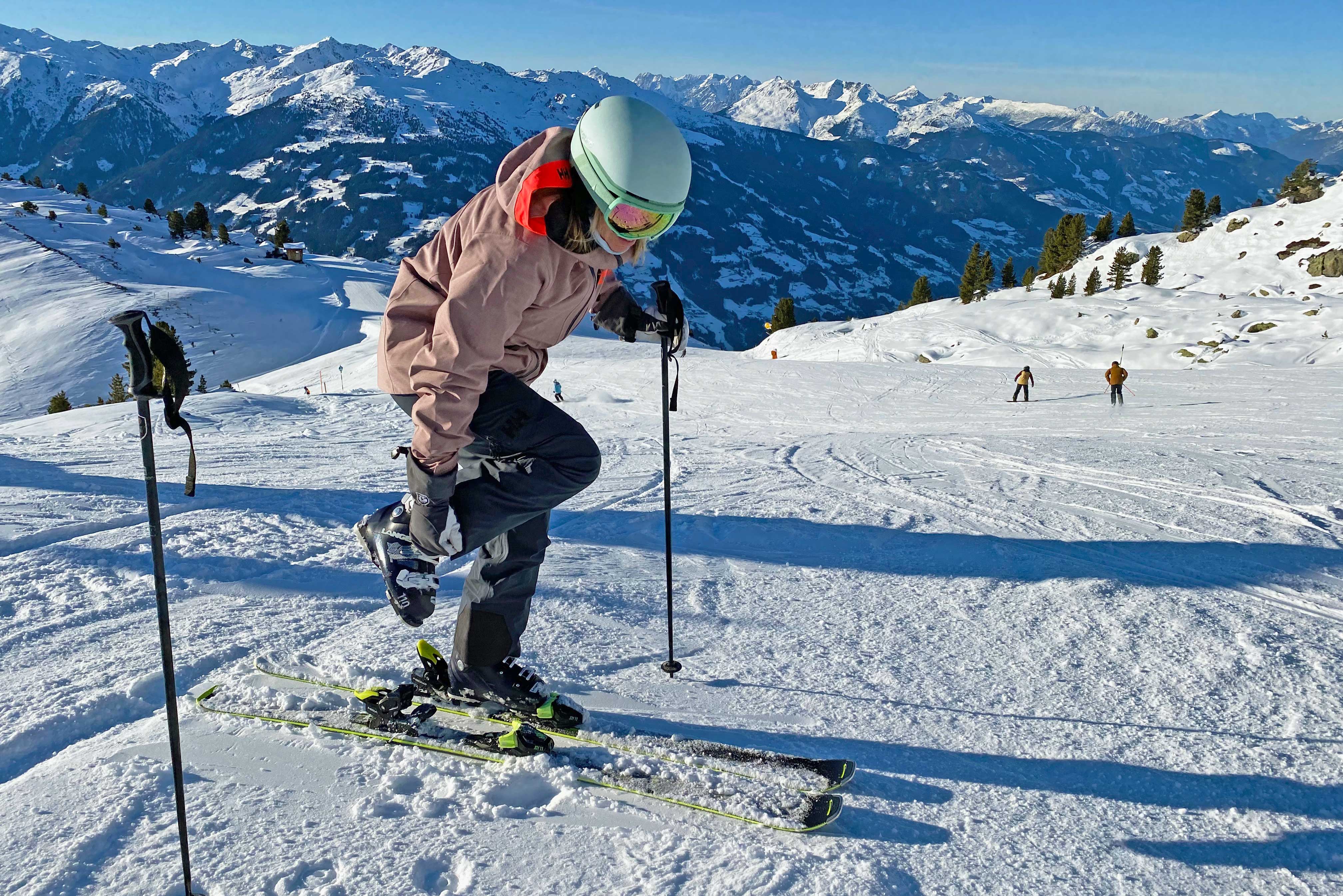

Ski boots are the bane of us all, and we all know the frustration of getting a pair that cause sore pressure points all day long. While we wouldn't dare say it's at all possible to find comfortable ski boots, knowing how to choose a pair that fits right will help you feel more comfortable AND improve your technique. This guide will tell you everything you need to know about fitting ski boots for downhill skiing.
Trying on your boots
When trying on your boot for the first time, pay attention to any pressure points. Bring the socks you plan to wear while you're skiing and bear in mind that ski boots start out tight but they will loosen up a bit as you ski and mash down the padding. It might not be the most comfortable feeling ever, but the ski boots you buy should be fairly tight when you try them on in the store, and your toes might touch the end of the boot. Don't worry! Once you start skiing the liner will adapt to the shape of your foot. Ski boots that are too big will give you bruised toenails and will also cause you to "backseat" while skiing, making it almost impossible to perfect your technique. If you're unsure, always get an expert opinion from a staff member.

Testing your boots
Once you've done up all the buckles and straps, stand up straight. Your toes should be touching the front of the boot. Next, relax and push your knees slightly forward in the stance you would normally use for skiing. You should feel your heel move back, and your toes should have a little more wiggle room. Not too much though - if it feels really spacious down there then that's a sign your boots are too big. Skiers who value comfort will want more wiggle room, while skiers who need a high-performance boot will need hardly any wiggle room at all.
Not sure? Try a shell fit
If you're not completely convinced of the fit, take the shell out of the boot completely and perform a shell fit. With your socks on, put on the boot liners and push your toes to the front of the boot. Now, measure the space behind your heel. The ideal space will depend on your skiing style and personal preference. If you require more control when skiing, then you may want about a centimetre of space behind the heel. If you plan to stick to easier slopes, 2cm is fine. Anything more than this means your boots are too big. Over time, your liner will get compressed until it no longer provides you with the snug fit you need to control your skis. That's when it's time to get new ski boots (or a new liner).
Let's talk about socks
It seems counterintuitive, but doubling up on socks won't do you any favours. Wearing two pairs of socks will cut off your circulation and actually make your feet feel colder, so the best thing you can do is invest in a single pair of really good socks. Stay away from cotton, which is slow to dry and will give you icy toes. We recommend merino wool, which is moisture-wicking and great at regulating temperature while you ski. Merino wool socks are more expensive but they won't stink at the end of the day, so you can even wear them a few days in a row (we won't tell anybody).

Heat-moulded boots
Since feet come in all shapes and sizes, more and more companies are starting to make boots that can be personalised to fit the unique shape of your foot. If you have some spare money to invest in these boots and you have trouble finding boots that fit your feet, then this might be something to consider. These boots are literally "melted" around the shape of your foot so theoretically, they should fit you perfectly. A cheaper solution for people who have high arches or other similar problems is to use insoles inside your ski boots, just like you would in your shoes.
Flex and last
If you're investing in your own pair of ski boots, then two terms to become acquainted with are 'flex' and 'last'. The flex of a boot refers to how stiff it is, which affects how easy it is to lean forward into the boot. This is a number that's usually written on the outside of the boot. As you might guess, beginners will want a softer, more comfortable flex while experts will want a stiffer flex that gives them more control over the boot. Your body weight also plays a role here, with heavier people needing a firmer boot. Last measures the boot at its widest point, the ball of the foot. You'll probably know by now whether you have narrow or wide feet, so you can look out for a last that's comfortable.
Getting a good boot fitter
If you're buying your own boots, we strongly recommend using a good boot fitter that can help you find boots that are tailor-made for your feet, weight and skiing style. Ski boots are a big investment that will hopefully last you for many years to come, and it's a huge bummer to ski a few times on your new boots only to find out they're too big for you. Your ski boot fitter will ask you a series of questions that you should answer honestly - don't say you're a better skier than you are - and work with you to find the perfect ski boot.














